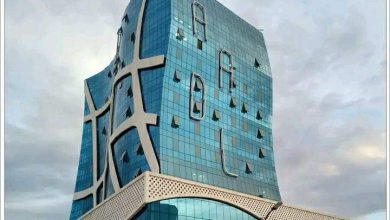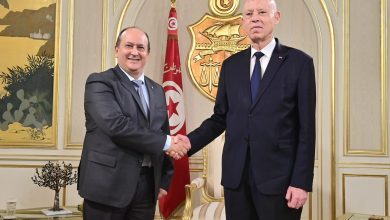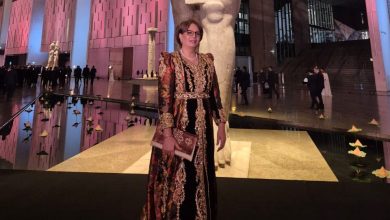Algeria is making significant strides in preserving its rich cultural heritage and promoting tourism, according to recent reports. From the restoration of historical landmarks to the embrace of digital platforms, the nation is investing in its identity and future.
On October 16, 2025, the Ministries of Culture & Arts and Finance signed two cooperation agreements focusing on the preservation of cultural property and the protection of intellectual property. This collaboration highlights the government’s commitment to safeguarding Algeria’s artistic and historical treasures for future generations. These agreements will likely lead to increased funding and resources for cultural preservation projects across the country.
The ancient “Safir Mosque” in the Casbah of Algiers recently reopened to worshippers after undergoing extensive restoration. This iconic mosque, a vital piece of Algeria’s Islamic heritage, now stands as a testament to the nation’s dedication to preserving its religious landmarks. The reopening ceremony was a significant event, drawing crowds and signifying the mosque’s renewed importance in the community.
In Batna, the National Salon of Traditional Jewelry and Jewels opened its doors, showcasing the talents of 60 artisans. This event provides a platform for local craftspeople to display their skills and connect with potential buyers, contributing to the growth of Algeria’s traditional arts sector. The salon highlights the intricate artistry and cultural significance of Algerian jewelry.
The National Public Museum of El Meniaa serves as a living memory, recounting eras gone by. Museums such as this play a crucial role in educating the public about Algeria’s complex and fascinating history, attracting both local and international visitors.
Spain’s “El Pais” newspaper has been promoting Algeria as a tourist destination, further solidifying the nation’s growing appeal to international travelers. This positive media coverage is expected to boost tourism and raise awareness of Algeria’s unique cultural offerings.
Adrar launched a digital platform aimed at promoting Algerian tourism. This initiative harnesses the power of technology to reach a wider audience and showcase the diverse attractions of the region. The platform is expected to be a valuable tool for attracting tourists and boosting the local economy.
Various celebratory events have been taking place throughout southern Algeria, highlighting the region’s vibrant culture and traditions. These events offer tourists a chance to experience the authentic charm of Algeria and connect with the local community.
Ghardaia is seeing promising prospects for the development of its tourism sector. With its unique architecture and rich cultural heritage, Ghardaia has the potential to become a major tourist destination. Investments in infrastructure and marketing are expected to drive growth in the region’s tourism industry.
The 14th National Cultural Festival of Amazigh Music and Song kicked off, celebrating the rich musical heritage of the Amazigh people. This festival is a significant event for promoting cultural diversity and preserving traditional music.
The Minister of Culture and Arts oversaw the commencement of restoration work on the “El Manzah Palace” in the Casbah of Algiers. This project is part of a broader effort to revitalize the historic Casbah and preserve its architectural treasures. The Casbah, a UNESCO World Heritage Site, is a symbol of Algeria’s rich history and cultural identity.
These recent developments demonstrate Algeria’s commitment to preserving its cultural heritage, promoting tourism, and investing in its future. By safeguarding its historical landmarks, supporting local artisans, and embracing digital platforms, Algeria is positioning itself as a vibrant and attractive destination for both cultural enthusiasts and tourists alike. The focus on cultural preservation and tourism promotion is expected to have a positive impact on the Algerian economy and strengthen the nation’s identity on the global stage.
Related: More algeria articles on DZWatch
Source: External reference




